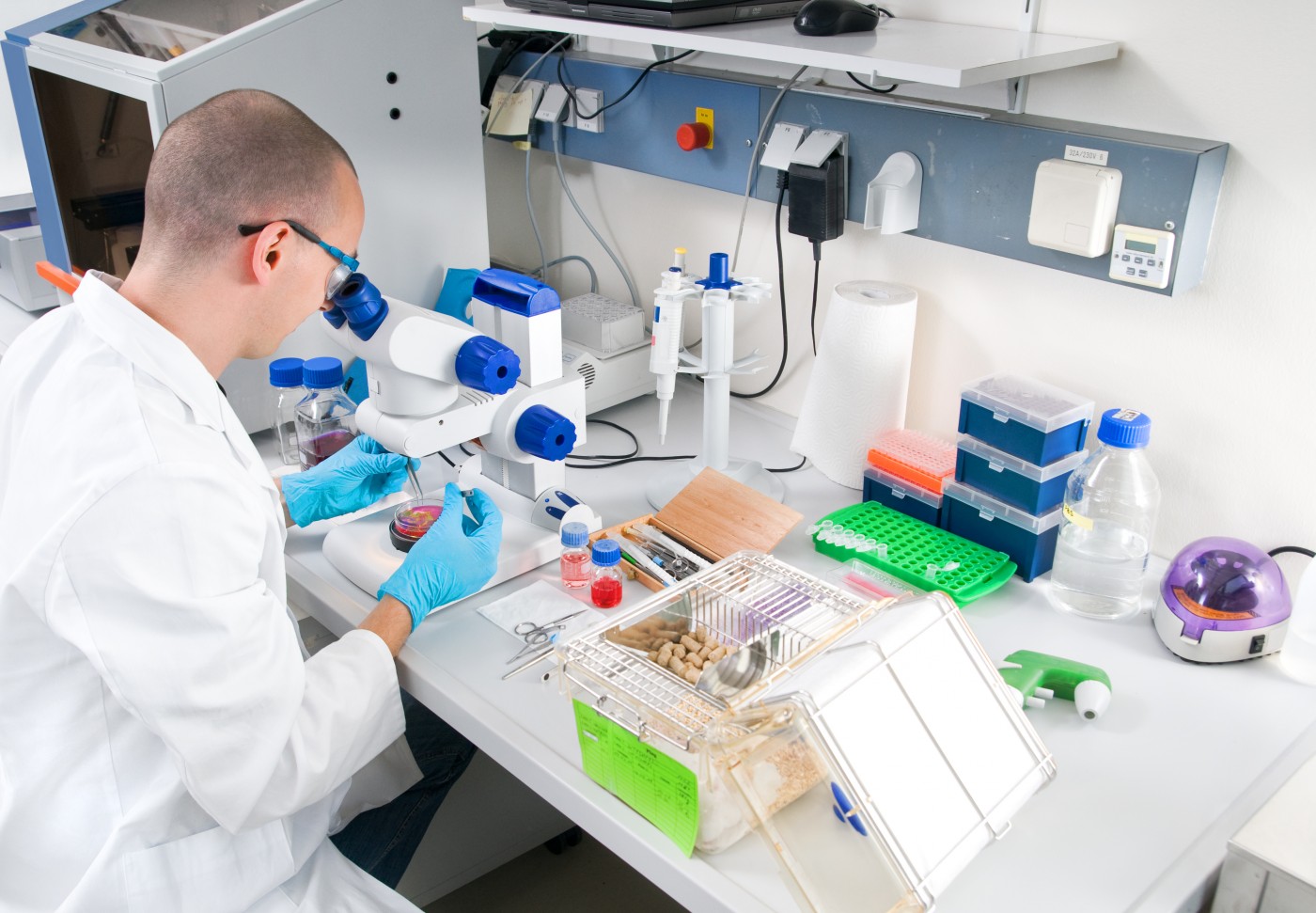Gene’s Absence Found to Induce PAH in Mouse Study

A study from the University of Alabama at Birmingham showed that the immune receptor TLR4 is important for regulating the development of pulmonary arterial hypertension (PAH). Mice lacking the gene for TLR4 spontaneously developed PAH, indicating a protective role for the immune factor.
Chronic hypoxia — low levels of oxygen — is a known contributor to PAH development, mediated through the generation of reactive oxygen species (ROS). ROS has also been linked to the activation of TLR4 and are believed to contribute to vascular remodeling.
TLRs are receptors important for recognition of foreign antigens, contributing to inflammatory responses. As is the case with many immune molecules, TLRs can also cause pathological changes if over-activated or wrongly regulated. Earlier studies have shown that the receptor is expressed on arterial walls, and that ROS formed during low oxygen states decrease its expression in the vasculature.
The present study — “TLR4 regulates pulmonary vascular homeostasis and remodeling via redox signaling“ — used prolonged hypoxia to induce PAH in mice in order to study the role and mechanisms by which TLR4 might contribute to PAH development.
The research team used a mouse model lacking the TLR4 gene and observed that the mice spontaneously developed PAH, which was not further worsened by hypoxia. They noticed that the genetically engineered mice had an increased amount of muscles in the pulmonary arteries, increasing their thickness. The mice also had right ventricle hypertrophy and increased pulmonary artery pressure and blood flow speed — features typical of PAH. Moreover, the animals had a higher production of ROS, mainly mediated by two ROS-producing enzymes, Nox1 and Nox4.
To study whether hypoxia affected TLR4, muscle cells derived from the pulmonary artery of normal mice were cultured under low oxygen conditions. After 48 hours, the cells were found to express 75 percent less TLR4, while Nox1 and Nox4 gene expression was increased, indicating that ROS production mediated the decrease in TLR4.
Hypoxia also induced cell multiplication, but when the team applied a blocker of ROS production to the cells, cell proliferation was stopped.
The results clearly showed that PAH induced by hypoxia is mediated by lower levels of TLR4, which is important for maintaining a normal lung vasculature. The results are important for understanding the mechanisms leading to PAH development.
The study was published online in the Landmark Edition of the journal Frontiers in Bioscience on Jan. 1, 2016.







